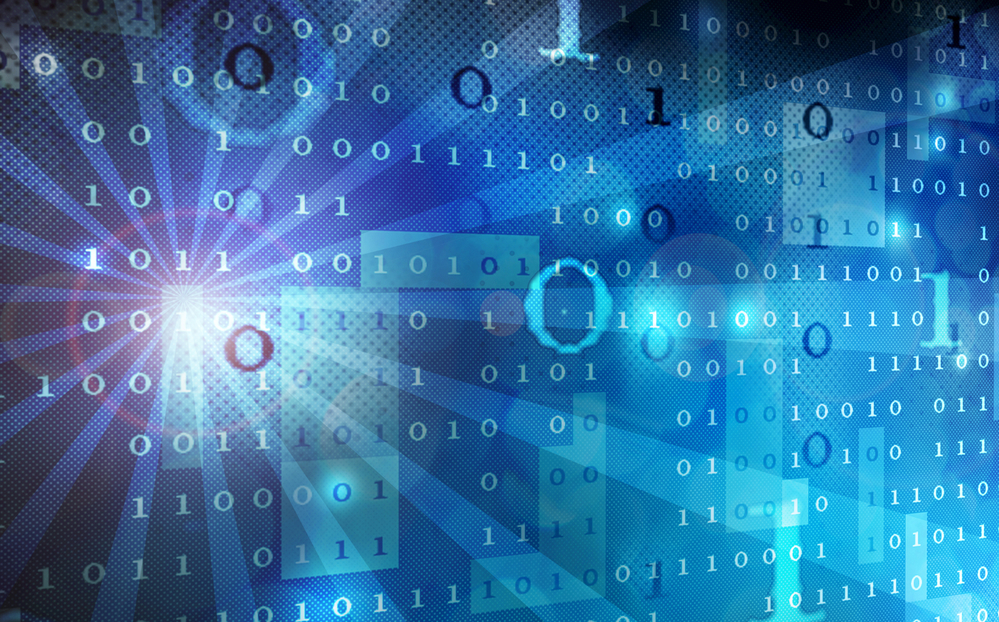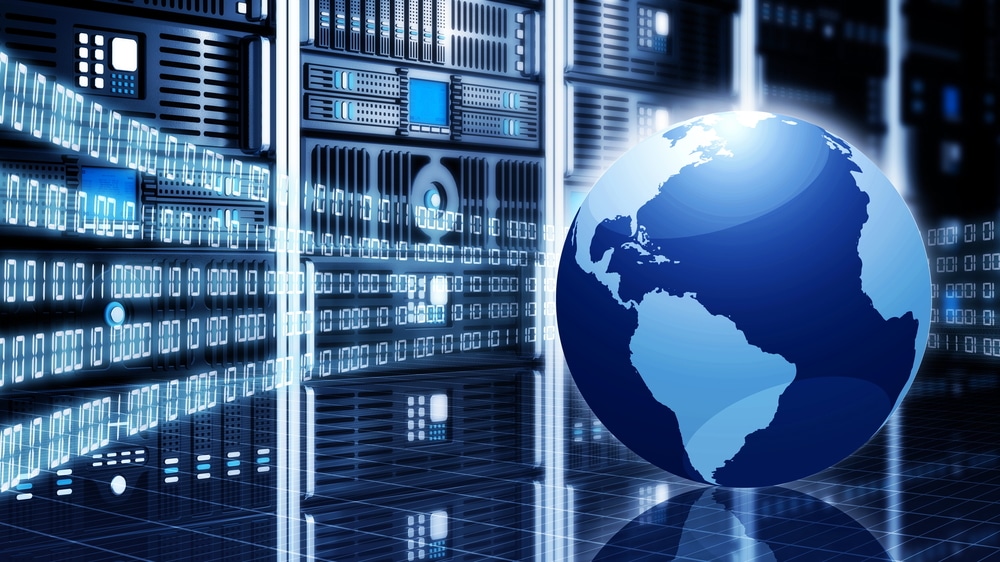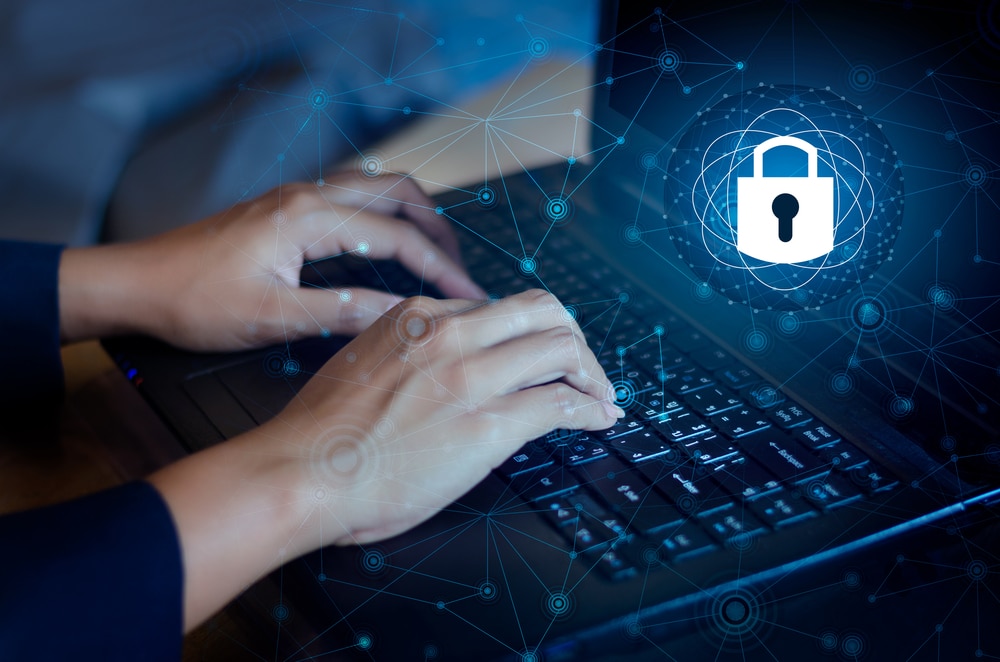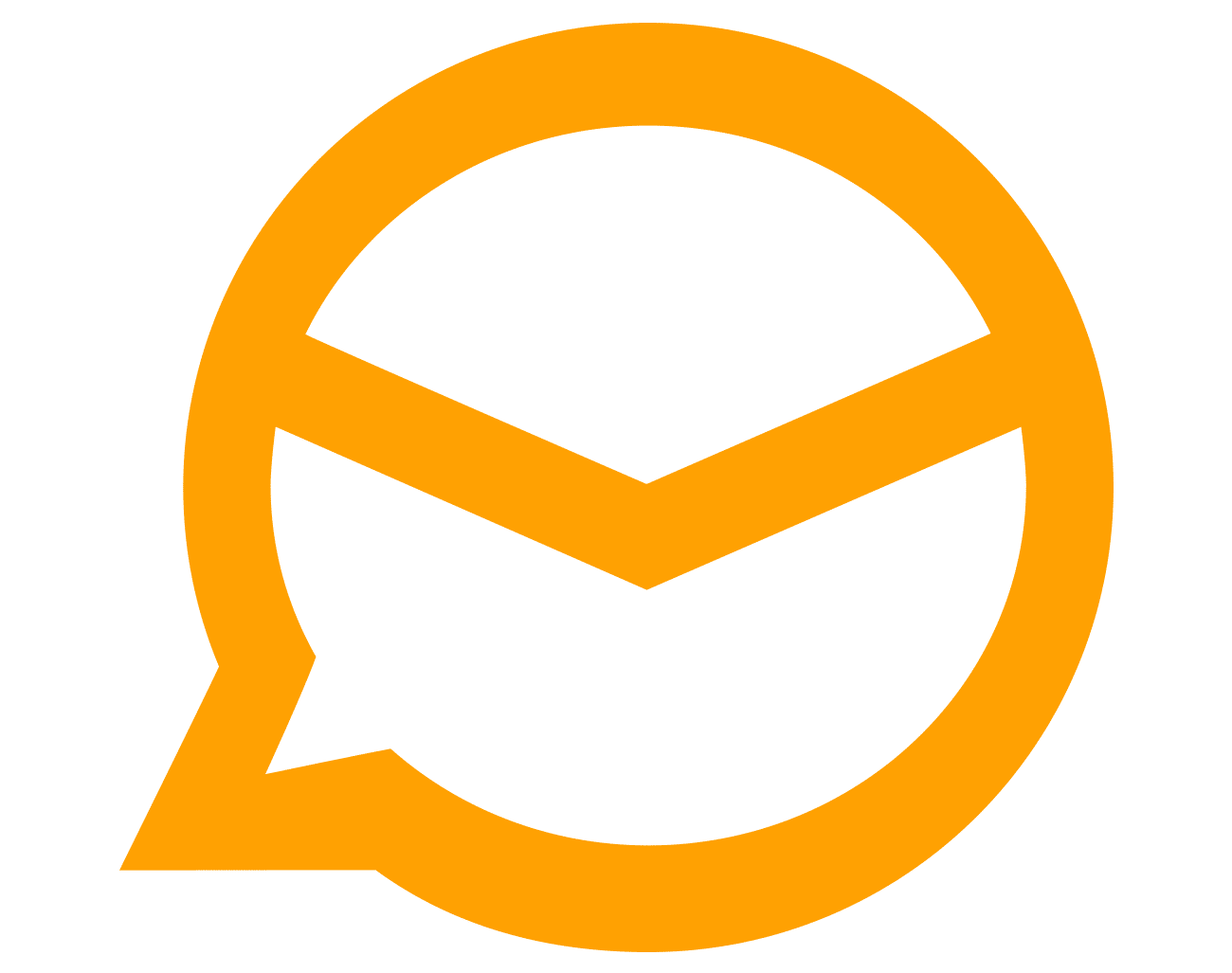
How my startup was born out of frustration
About seven years ago, as the COO of a financial services firm, I got pissed off. My company had a very simple service level agreement (SLA) with its clients: we would complete all of their financial transactions within three seconds. Period. And to ramp up our operations, we decided to move our infrastructure from on-site physical servers into the cloud.
But once we were on the cloud, we found that we were actually getting poorer transaction times -- way beyond our three-second SLA. We were not sure why, so we used a stack of off-the-shelf software to monitor the cloud’s operation. And when that didn’t give us the visibility we needed; we tried more applications. Even the cloud’s operators pitched in with their own professional service people. But again, no luck, no visibility, and worse, we started seeing a falloff in our business. Beyond that, we were spending twice as much on monitoring as we did on the cloud hosting itself. But to no avail, it didn’t offer us any help in troubleshooting our issue.

Building a data-driven culture with a data analysis framework
Creating a data-centric culture in your business requires a shift in mindset that won’t happen overnight. However, it is a goal that becomes more attainable the more it is driven by your people working towards it with passion and enthusiasm -- as opposed to something dictated to them from the top.
There are a mix of factors that can cause barriers that hamper the successful development of a data-driven culture. At the base level, the technology and infrastructure choices a company makes, and what it provides its employees to work with, can be majorly prohibitive to a healthy data culture if that technology doesn’t support people in how they do their job.

Searching for business ideas: Three effective approaches for robotics
Startups are the new gold rush. It’s trendy to be smart, it’s trendy to have your own business, and it’s trendy to invent. If the stories of your mother's best friends' twenty-something year old children being Silicon residents make you a bit snarky, don’t miss a moment. The year 2020 is all about opportunities. Especially for robo-geeks.
Read our three pieces of advice for finding free niches for your project, and pick up ideas that are just in front of you!

KeePassXC 2.6.0 released with completely overhauled interface and Have I Been Pwned checks
KeePass has long made life easier when it comes to managing an ever-growing list of passwords for websites, online accounts and so on. Now with the release of KeePassXC 2.6.0, users are being treated not only to a redesign -- including a dark mode option -- but also new features including offline database password health checks.
The program now features comprehensive reports about passwords stored in its database, including checking with security service Have I Been Pwned to see if any have been involved in password breaches. But there's more.

Debunking four object storage myths
There is no arguing the fact that data continues to grow at an exponential rate, particularly unstructured data, which is predicted to represent 80 percent of all data by 2025. And because of trends likes IoT, the continued proliferation of mobile devices and the rise of remote work, this growing data is being used and accessed in new ways.
At the same time, it’s become increasingly clear that traditional SAN and NAS storage technologies cannot scale to meet these data growth demands nor support the need for data to be readily accessible from anywhere and at any time. To ensure these surging volumes of data are accessible and manageable, more and more enterprises are turning to object storage to meet their storage needs. However, there are still several misconceptions that persist about object storage. Here are four myths about the technology debunked.

How to avoid common cloud migration challenges
Most IT architectures are complicated. If you’re considering migrating to the cloud, you’re right to be concerned about the many changes that will be required of your architecture and your organization as you make your transition. Cloud migration challenges continue to give organizations anxiety, even though the cloud has been around for nearly 20 years.
Of course, nobody embarks upon a cloud migration expecting to fail. The basic problem is that few people understand the hidden challenges of such a complex project, particularly as it relates to ongoing processes and operations. Unexpected challenges are the curse of any major undertaking, and cloud migrations are truly full of unexpected challenges.

How COVID-19 changed the future of work
COVID-19 forced businesses across the globe to rapidly adopt remote work in order to adhere to social distancing and stay-at-home orders. For some companies, this transition was seamless, especially those that already implemented cloud and the necessary supporting tools within their organizations. Others struggled to adapt their workforces to this highly remote, cloud-first environment. In fact, 41 percent of enterprises have not taken any steps to secure access for their remote workers despite the fact that 65 percent enable personal devices to access managed applications.
To quickly support remote work, organizations were spurred to adopt cloud and allow employees to access the corporate network from unmanaged devices. However, cloud and BYOD environments call for specific security solutions, and organizations that failed to simultaneously implement the necessary controls also expose themselves to more risks, including insider threats. Even once stay-at-home orders are lifted and some businesses choose to return to the workplace, COVID-19 had such an impact on the way we work, making it likely that the following post-pandemic predictions may occur.

Microsoft reveals some exciting new features coming to OneDrive
Microsoft's cloud storage and Google Drive rival, OneDrive, is in line to receive a number of new features, the company has revealed. Personal and business customers are due to gain access to features that will make life easier, including a new Add to OneDrive option for easy file and folder sharing.
Add to OneDrive is a business-centric feature that will be a big help for collaborative work, but home users have a lot to look forward to as well. Key new features include the ability upload files of up to 100 GB in size, and the arrival of a dark mode option for the web-based version of OneDrive, bringing it in line with the mobile apps.

9 ways AI can transform your employee experience
The future of work is happening now: despite skeptics prophesying growing unemployment rates, AI not only creates new job roles but also changes the employee experience for the better. Assisted with AI tools and analytics, workers no longer have to spend hours (and, consequently, years) on meaningless routines, since they can focus on job aspects that truly bring value.
So how will artificial intelligence transform employee experience and enhance employee engagement? Read on to learn how AI contributes to digital workplace transformation.

How COVID-19 sparked a revolution in healthcare machine learning and AI
In the past six months, COVID-19 has evolved from a speck on the world radar to a full-blown pandemic. While it has claimed the lives of many and shed a massive spotlight on some of the major issues in healthcare, it has also served as a catalyst for innovation.
As with nearly every element of the healthcare system, applications of machine learning and artificial intelligence (AI) have also been transformed by the pandemic. Although the power of machine learning and AI was being put to significant use prior to the Coronavirus outbreak, there is now increased pressure to understand the underlying patterns to help us prepare for any epidemic that might hit the world in the future.

How to encrypt your entire system -- or just removable media -- with BitLocker in Windows 10 Professional
Your computer almost certainly contains a large amount of sensitive data, whether it is data related to work, or personal information. Computer security is often thought of in terms of keeping hackers and viruses at bay, but you also need to think about the fact that other people could gain physical access to your machine.
It could be that your computer is stolen; it might be that someone finds your computer unattended and decides to access your data; or you might sell your computer and forget to wipe the hard drive. None of these scenarios present a security risk if you use the BitLocker feature of Windows 10 Professional to encrypt your entire system -- there's also BitLocker To Go which can be used to encrypt removable media such as USB drives.

eM Client 8 lands with a UI redesign and new features for the cross-platform email client
With the release of eM Client 8, the desktop email client for macOS and Windows gets a visual overhaul in addition to a batch of new features. But em Client is about more than just email; there's also a calendar component, chat and notes.
Just about every aspect of the user interface has been redesigned to improve not only aesthetics, but also ease of use. A key enhancement to the software that will be welcomed by many is the ability to run multiple instances of the program simultaneously. This means it is now easier than ever to move between different sections of the app, as you're able to have, for instance, your emails open in one window, and your calendar in another.

Working from home tech issues and how to avoid them
At least 16 million US knowledge workers have switched to remote work in the past two months and the remote workforce isn’t going away any time soon.
Large corporations like Twitter, Square and Facebook are leading the trend to allow employees to work from home indefinitely. With more companies moving to remote work for the long-term, there are common tech issues that employees should be made aware of to prevent data loss, connection problems and privacy concerns over time.

Three of the biggest concerns (and opportunities) facing today's tech workers
As of last year, there were 12.1 million tech workers in the United States, according to TechRepublic. Throughout the 2010s, the tech sector workforce expanded by 23 percent with no significant dips or net job losses beyond the Great Recession early in the decade. While these numbers have declined due to the COVID-19 pandemic -- the tech sector lost a record 112,000 jobs in April -- the tech industry is still growing and will likely continue to grow as the economy reboots and the world moves toward a new normal.
Here are three of the biggest challenges and opportunities that tech professionals will encounter in the coming months and years:

The right and wrong ways to engage, unify and motivate a remote workforce: Big Brother need not apply
Pandemic "Work from Home Forever" journalism is taking us back to an era I thought we’d buried long ago: top-down, hierarchical management. For example, on April 18 The Wall Street Journal published "You’re Working From Home, But Your Company is Still Watching You," about the accelerating demand for various kinds of surveillance tools for bosses who don’t trust their remote employees.
The piece reported 10X order-growth for keystroke-tracking software, applications that take continuous videos or intermittent screenshots of employees’ laptops, minute-by-minute productivity analyses, and file-divers that let employers dig undetected into remote workers’ hard drives. CNBC and NPR published similar dystopian "The Boss is Watching You" reports.

